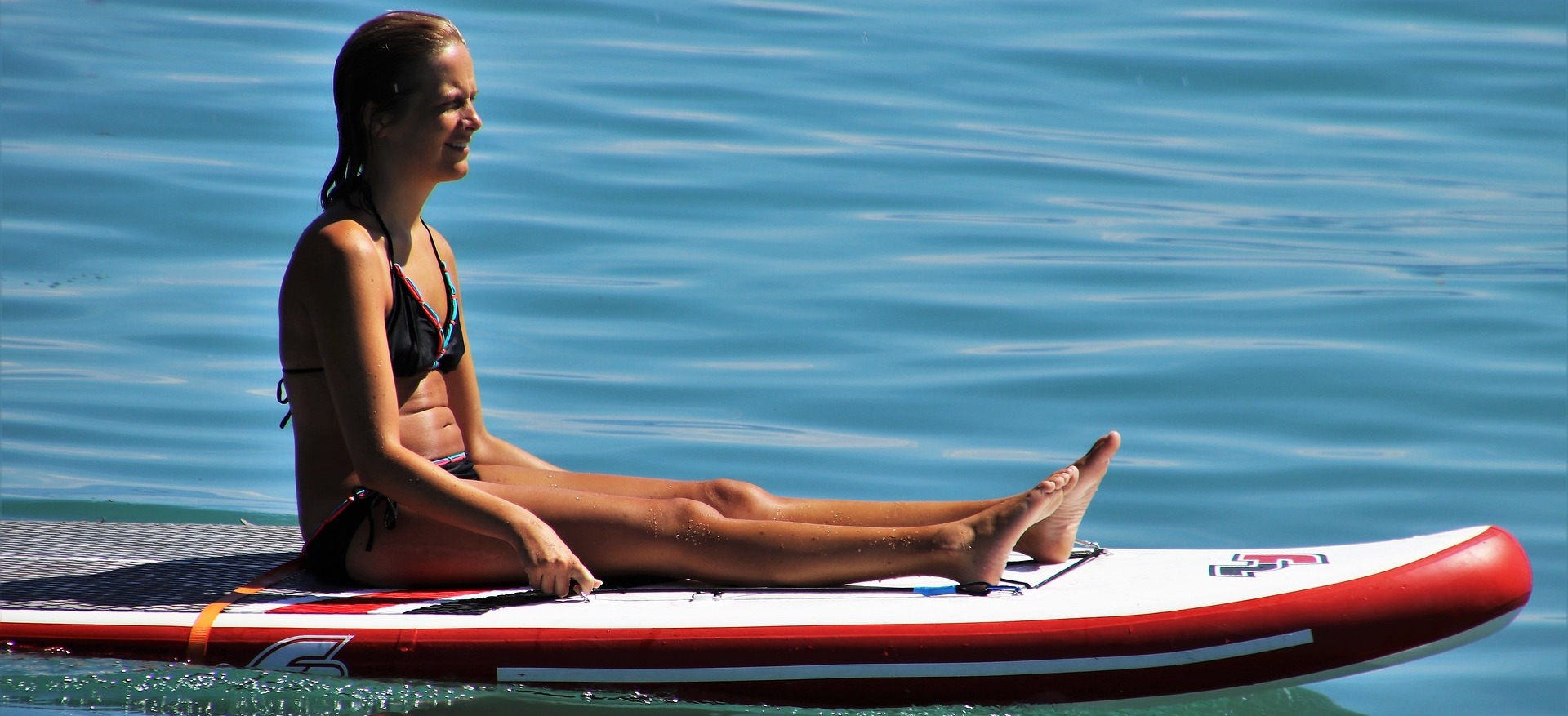The Difference Between An Inflatable SUP And A Rigid SUP
The inflatable board is deflated into a compact roll, which can be conveniently placed in a backpack for SUP trips (almost always included with the board) and transported with you both in the trunk of a car and checked in luggage during an air flight. You can put a wetsuit and clothes in the same backpack and stay within the luggage weight norm without additional charges.
The only disadvantage of the inflatable SUP when traveling is that the board needs to be deflated, dried, and packed after each ride.
A rigid board will not fit into any car and will require the installation of rails on the trunk. There are inflatable car roof racks, but they don’t fix the board or keep you out of trouble at high speed.
 |
 |
Traveling with a hardboard means additional risks and difficulties. You need to check with the airline about the norms for carrying sports equipment and, upon arrival, look for your board in the oversized baggage department. And to protect the board while traveling, you will have to wrap it in several layers of cardboard and foil or buy a special travel cover with shock protection (not to be confused with a regular single-layer cover).
Storage
If you have a garage, an underground parking space, a summer house, an office, a warehouse, then there will be no problems with storing a hardboard in the off-season. The main thing is to take into account that there should be enough space not only to put the board but also in order to conveniently take it out and unfold it. Most of the chips and scratches on hard boards are not acquired in the water but in confined spaces. But the process of cutting the surface of the water and smooth sliding is worth it.
Wear resistance
On rocky beaches and surrounded by granite embankments, an inflatable board will feel better stiff. Modern inflatable SUPs are equipped with at least two layers of PVC and stiffening ribs. That is, they are not afraid of stones, sand, or sharp edges of the pier. The only thing that really poses a danger to an inflatable board is sharp metal elements. But even with a puncture, thanks to transverse stiffness fibers and an additional chamber (as in the new Starboard ), your SUP will still float.
Efficiency
As you understood from the previous paragraphs, inflatable boards win in everything: comfort, lightness, mobility, durability, except for rowing efficiency. This is the moment of sliding that rigid SUP owners love to talk about. The way the nose of the board cuts the water, the way the tail deflects it, is the handling and responsiveness of the board. In these parameters, of course, hard SUPs are in the lead. Why is that?
Inflatable boards, even the most technologically advanced ones, have the same thickness along their entire length. Rigid boards have concave (sliding ribs) at the bottom, raised nose, and boards of varying thickness where needed. Due to this, rigid boards are responsive; they pick up speed easily and are simply more pleasant to control. Therefore, for SUP-surfing and sports SUP, most athletes use rigid boards.
Manufacturers of inflatable SUP boards every year more and more strive to give an inflatable board the properties of a rigid one. Additional cameras, stiffeners, and stringers are used, as in the new Starboard Airlite and flight models from Red Paddle. So if you are choosing between convenience and ride quality, you can find inflatable boards with rigid characteristics from premium brands.
…

